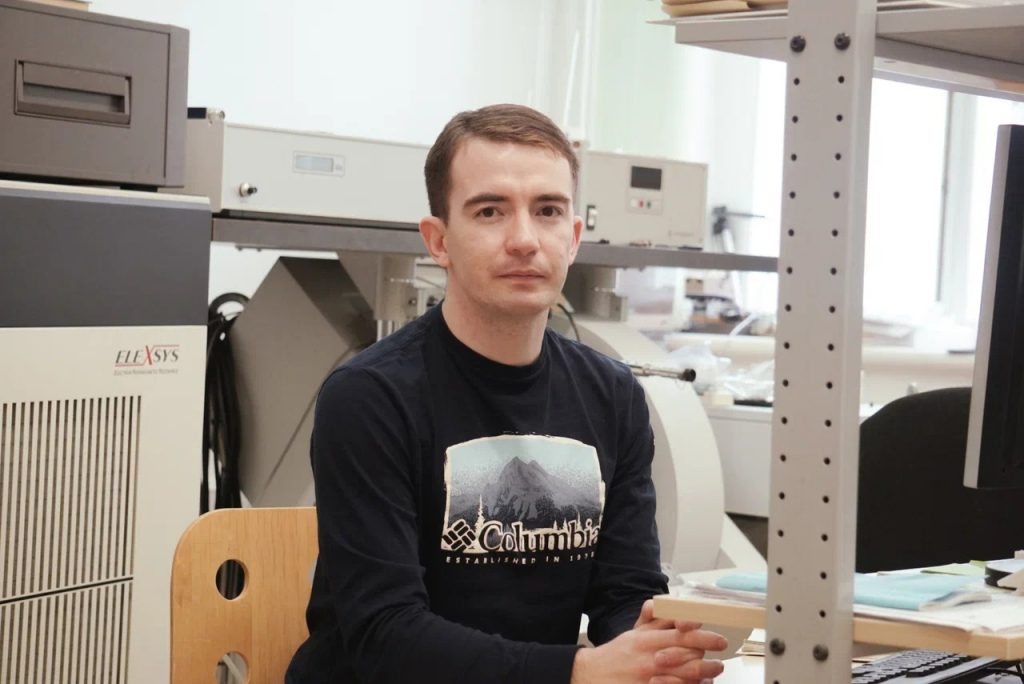Young scientist speaks about his work on materials for quantum computing

Fadis Murzakhanov, Junior Research Associate of the Laboratory of Multifunctional Materials for Quantum Sensors, has been a Russian Presidential Scholarship recipient since 2022 and won the Zavoisky Award for Young Scientists in 2023.
His project NV-defects in isotope-modified 6H-SiC crystal for quantum sensors and electron-nuclear spin registers is going to receive support from the Russian Science Foundation in 2024-2025.
“I am engaged in the study of semiconductor materials that contain vacancy-type defects in their structure, which are formed when the crystals are irradiated by a stream of high-energy particles. These defects (also called coloring centers), due to their unique spin (magnetic), optical and coherent properties, can be considered as quantum bits or qubits, on the basis of which quantum technologies can be potentially implemented,” says the grantee.
According to him, the idea of creating efficient quantum computers has been on the minds of scientists around the world for several decades, as they will make it possible to solve extremely complex fundamental problems that existing supercomputers cannot cope with.
“Nitrogen-vacancy (NV) centers in the structure of isotope-modified silicon carbide (6H-SiC) crystal are the most promising platform competing with the widely known and studied NV centers in diamond. One of the advantages of silicon carbide over diamond is that it is a cheaper material. The main idea of our project is to study the lifetime of NV-centers in the excited state and the features of electron-nuclear interactions, knowledge of which will allow us to approach the realization of computational algorithms using multi-pulse sequences and spin quantum registers,” continues the interviewee.
The scientist said that nitrogen ion-doped 6H-SiC crystals can be easily integrated with existing microelectronic circuits. In addition, modified silicon carbide crystals have, unlike diamond, a luminescence spectrum in the near infrared range (1200 nm), which corresponds to the optimal bandwidth of fiber optic cables for high-speed data transmission and can be used in the creation of quantum biosensors. Such sensors of nanometer spatial resolution are needed, in particular, to scan individual cells of the human body and detect affected proteins at the earliest stage of cancer.

